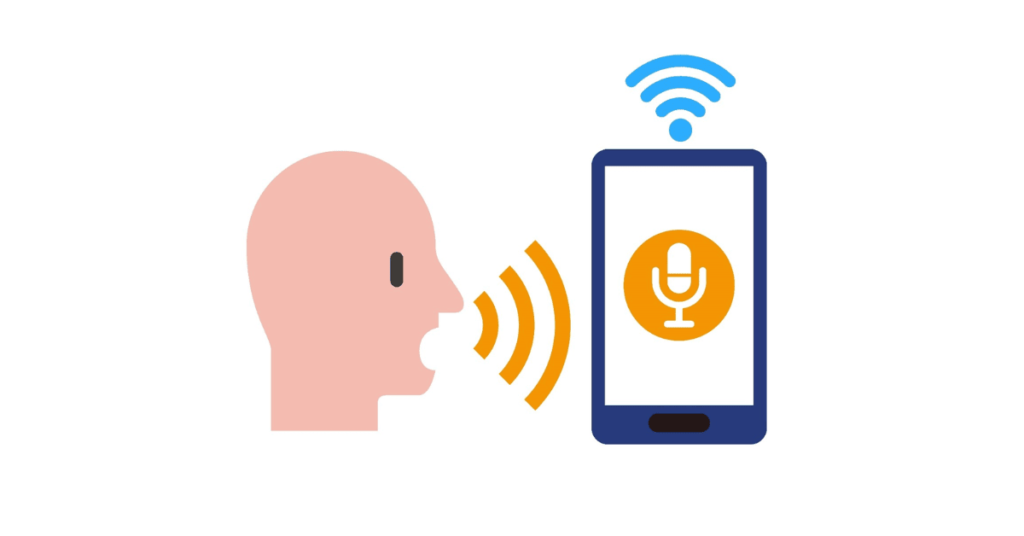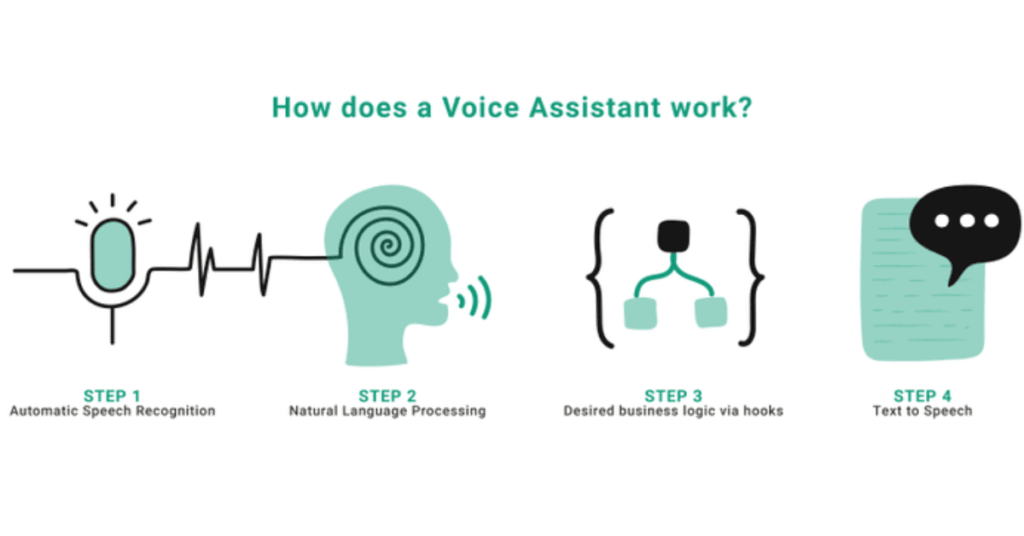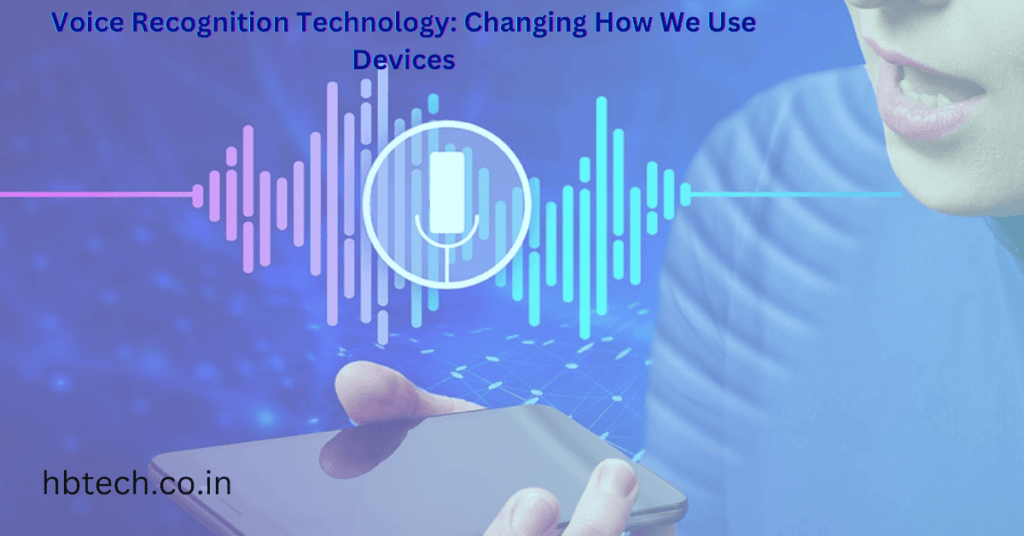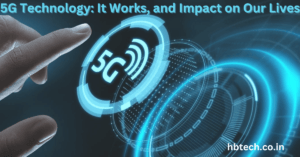Voice recognition technology is changing the way we interact with the world around us. It allows machines to understand and process spoken words , making tasks like sending messages, controlling smart devices, or even searching the internet easier and faster.
From tools like Siri and Alexa to voice-controlled cars, this technology has become a part of everyday life. In this blog, we ’ll break down how voice recognition works, where it’s being used, and what the future holds for this exciting innovation.
Voice Recognition Technology
Voice recognition technology enables devices to listen to, interpret , and respond to human speech. It takes spoken words, converts them into text or commands, and uses them to perform tasks.

This technology has been around for decades, but it ’s only recently become highly accurate and widely used, thanks to advances in artificial intelligence (AI) and machine learning
How Does Voice Recognition Work?
Here’s a simplified version of how voice recognition systems process speech;

- Listening: The system captures audio using a microphone.
- Processing: The audio is converted into digital data that the system can analyze.
- Breaking It Down: AI tools break the speech into smaller parts, like syllables and sounds , to figure out the words and their meaning.
- Matching Commands: The system compares the input to known commands or translates it into text.
- Responding: It then performs the requested action, like setting a reminder or playing a song.
Modern systems can even learn over time, improving their ability to understand different accents and languages.
Uses of Voice Recognition Technology
Voice recognition is already part of many industries, and its applications are growing. Here are some common ways it’s being used;
1. Smart Devices
Smart assistants like Amazon Alexa, Google Assistant. and Apple Siri let users control devices, play music, ask questions, and even manage smart homes—all by speaking.
2. Healthcare
In healthcare, doctors use voice recognition tools to dictate medical notes, saving time on paperwork. Patients with limited mobility can also use voice commands to access medical information or call for help.
3. Customer Service
Many companies use automated voice systems to help customers. For example, you can speak to a system to check your account balance, pay bills, or get customer support without waiting for a live agent.
4. Cars
Voice recognition is making driving safer. Drivers can control navigation, answer calls, or adjust music with simple voice commands, keeping their hands on the wheel and eyes on the road.
5. Security
Voice recognition is also used for security. Since everyone’s voice is unique, it can act as a biometric password for logging in to devices or accounts.
6. Accessibility
For people with disabilities, voice recognition makes technology more accessible. It helps convert spoken words into text, control devices hands-free, or access services that might otherwise be difficult to use.
Benefits of Voice Recognition
Voice recognition is becoming so popular because it makes life easier in many ways:
- Hands-Free Use: You can multitask, like setting a timer while cooking or adjusting car settings while driving.
- Accessibility: It helps people with physical disabilities or limited mobility use devices more easily .
- Time-Saving: Quick commands reduce the time spent typing or searching for things manually.
- Personalized Experiences: Many systems can learn your preferences to provide better suggestions or faster responses.
Challenges in Voice Recognition
Despite its benefits, there are still some challenges:
- Understanding Accents: Some systems struggle with different accents, slang, or unclear speech.
- Background Noise: Loud environments can affect how well voice commands are recognized.
- Privacy Concerns: Voice data is often recorded, which raises questions about how it ’s stored and used.
- Limited Languages: Some languages and regional dialects aren’t fully supported.
Next for Voice Recognition
The future of voice recognition is bright, with improvements happening quickly. Here’s what we can expect:
- Better Accuracy: Systems will continue to improve in understanding accents, dialects, and even emotional tones .
- More Integration: Voice control will be built into more devices, from appliances to cars.
- Smarter Systems: Future systems will understand complex commands and respond more naturally.
- Enhanced Security: Voice recognition will become more secure for logging in or making payments.
Voice recognition technology is making life easier and more efficient. From helping us control devices hands-free to providing better access to services, it’s changing how we interact with the world,
As this technology evolves, it will become even more accurate, secure, and versatile. Whether you’re using it to play music, navigate while driving, or improve accessibility, voice recognition is a powerful tool that’s shaping the future of technology.
Frequently Asked Questions(FAQs)
What is voice recognition technology?
Voice recognition technology allows devices to understand and process spoken words. It converts speech into text or commands, enabling hands-free control of devices and services.
How does voice recognition work?
Voice recognition works by capturing audio, converting it into digital data, analyzing it using AI, and matching it to known commands or translating it into text. The system then performs the requested action or responds accordingly.
Where is voice recognition technology commonly used?
Voice recognition is widely used in:
Smart Devices: Virtual assistants like Siri and Alexa.
Healthcare: For dictating medical notes.
Customer Service: Automated systems for account queries.
Cars: Voice commands for navigation and music.
Security: Biometric authentication.
Accessibility: Helping people with disabilities interact with technology.How is voice recognition used in healthcare?
Doctors use voice recognition to dictate medical notes, reducing paperwork. Patients with mobility issues can also use voice commands to access medical information or call for help.
What’s the future of voice recognition technology?
The future includes:
Improved accuracy for accents and languages.
More devices with integrated voice control.
Smarter systems that understand complex commands.
Enhanced security for payments and logins.
Related Posts
- 2-in-1 Laptops: Tablets and Laptops in One
- 5G Technology: What It Is, It Works and Impact on Our Lives
- 8K Gaming on a Laptop: Is It Worth It?
- A Simple Guide to Remote Work: Work from Anywhere, Anytime
- A Visit to the Museum of Jurassic Technology
- Affordable AI Solutions for Small Businesses









